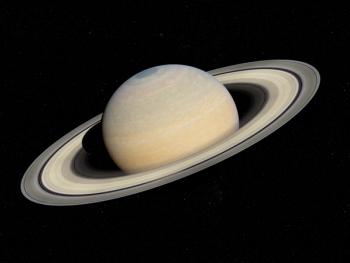Key Takeaways
- Researchers developed a fast, accurate method using Raman spectroscopy and deep learning to assess antioxidant levels in maple syrup without chemical reagents.
- The new technique enables on-site quality testing, with portable spectrometers performing nearly as well as benchtop models.
- The method supports sustainable food analysis and may lead to improved labeling and inspection practices, pending further validation.
In a recent study, a team of researchers, led by Xiaonan Lu, a Professor at McGill University in Montreal, tested a new method that can quickly and accurately determine the antioxidant capacity of maple syrup. This new method, which combines Raman spectroscopy and deep learning, offers an improved pathway in assessing food quality. In the case of Canadien maple syrup, this development has significant economic implications.
Canada is well-known for its maple syrup, and the economic data backs this statement up. Approximately 71% of the world’s supply of maple syrup comes from Canada, and the majority of it is produced in the Canadien province of Quebec (2,3). Canada exports their maple syrup to the United States, France, Germany, the United Kingdom, Australia, and Japan (3). Over the past decade, maple syrup has significantly increased in Canada, from approximately 35 million liters to 79 million liters in 2022 (2). This rise in production indicates that the demand for maple syrup is growing. Apart from its taste and sweetness, one reason for this increase is demand is because of maple syrup’s antioxidant content, which contributes to several health benefits (1).
Assessing antioxidant content and total phenolic content is a time-consuming process, involving trained personnel in addition to chemical reagents. These conventional techniques include the Folin–Ciocalteu assay for TPC and the DPPH, ORAC, and FRAP assays for antioxidant capacity (1).
Lu and his team looked to refine and improve on this process. To do so, Lu and the team developed an evaluation process using Raman spectroscopy and deep learning algorithms. As part of their experimental procedure, Lu’s team collected a total of 360 Raman spectra from 36 maple syrup samples of varying color grades, light, amber, and dark, using both benchtop and portable Raman spectrometers (1). Then, by using Raman spectroscopy, the researchers obtained information about the syrup’s chemical composition without needing any sample preparation, which saved time (1).
Then, the researchers saved additional time by applying deep learning algorithms to interpret the spectral data. Although traditional machine learning (ML) models such as partial least squares regression (PLSR) showed limited predictive accuracy, the integration of deep learning significantly improved performance (1). The deep learning models achieved root mean square errors (RMSEs) ranging from just 7.2% to 17.9% of the mean reference values, mean absolute errors (MAEs) from 5.2% to 13.1%, and R² values exceeding 0.88, which demonstrated a strong correlation between predicted and actual antioxidant metrics (1).
Another takeaway from this study was that the models developed using the portable Raman spectrometer performed nearly as well as those built with data from the more sophisticated benchtop instruments. This finding indicates that high-quality predictions can be made outside the laboratory, paving the way for rapid, on-site quality assessment of maple syrup directly at production or retail locations (1).
This new method continues an ongoing trend occurring in food science to use more sustainable tools. Unlike conventional chemical assays that rely on reagents and solvents, Raman spectroscopy is non-destructive and eco-friendly (1). Coupled with artificial intelligence, it enables near-instantaneous analysis, often requiring less than one minute per sample (1).
As a result, maple syrup producers, food regulators, and consumers should benefit from the proposed method if it becomes more widely used. Regulators could adopt this method for swift inspections, and consumers may eventually benefit from more transparent labeling around antioxidant content (1).
In the conclusion of their article, Lu’s team emphasized that before their method could be widely adopted, further validation with larger data sets is required (1). Doing so will improve the robustness of the deep learning models. They also hinted at applying the technique to other food products rich in antioxidants, such as honey, olive oil, and berries (1).
References
- Xiao, L.; Liu, J.; Hua, M. Z.; Lu, X. Rapid Determination of Total Phenolic Content and Antioxidant Capacity of Maple Syrup Using Raman Spectroscopy and Deep Learning. Food Chem. 2025, 463 Part 2, 141289. DOI: 10.1016/j.foodchem.2024.141289
- Government of Canada, Maple Syrup Production and Climate Change: Does the Future Taste as Sweet? Natural Resources of Canada. Available at: https://natural-resources.canada.ca/forest-forestry/state-canada-forests/maple-syrup-production-climate-change-does-future-taste-sweet (accessed 2025-05-20).
- Government of Canada, Statistical Overview of the Canadian Maple Industry, 2023. Agriculture and Agri-Food Canada. Available at: https://agriculture.canada.ca/en/sector/horticulture/reports/statistical-overview-canadian-maple-industry-2023 (accessed 2025-05-20).






